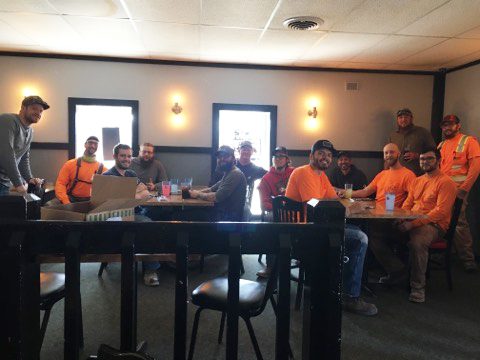If workplace safety measures are not followed and someone has an injury or illness, it costs everyone something—the injured worker, their families, their friends and communities, and their co-workers and employers.
Direct costs are easy to measure. Some examples are:
> Insurance premiums paid to the health system for any medical, pharmaceutical, and recovery costs required by workers affected by a workplace injury—this is an example of a direct medical cost of workplace injury. The more accidents or injuries a company has in combination with the level of severity can drive an employer’s rate up.
> Replacement of work, tools or equipment—sometimes these cost increases also extend to other required business areas, such as fire or property insurance.
> Hiring/retraining employees—if an injury or illness is serious enough that the worker needs time to recover before returning to work, many employers will often have to hire or retrain someone to cover that position. Paying for the training and time of replacement workers is another example of a direct injury cost.

Indirect costs can exceed direct costs by a factor of 10, depending on the seriousness of the injury, the recovery time involved, loss of products sales, or performance on a project. For the employee, this means you can be affected on a personal level. Some examples include:
> Loss of income for injured workers—if a worker is injured and cannot return to work right away, their income will be impacted. This has potential to change things like the worker’s normal buying habits (e.g., being able to pay for recreational and leisure activities for self or family).
> Impact on quality of life for the injured worker and their family—for an injured worker, normal areas of their life like relationships with partners, relationships at work, relationships wtih children and friends, and the ability to take part in personal health and to volunteer in community events, can be significantly changed by a workplace injury. The emotional and social impact of injury is very real, and can be very difficult to measure.
> Indirect impact for workplaces—workers who have been injured and are returning to the workforce may have to retrain to other types of work, because they can no longer do what they’ve always done. Workplace incidents and injury also have the potential to negatively influence worker morale, and even influence how the public perceives or feels about a company.
Weifield is striving to be the best and reach our ‘Target Zero’ goal of ZERO accidents & injuries on every project….will you help??
Until next time…work safe & be safe!




